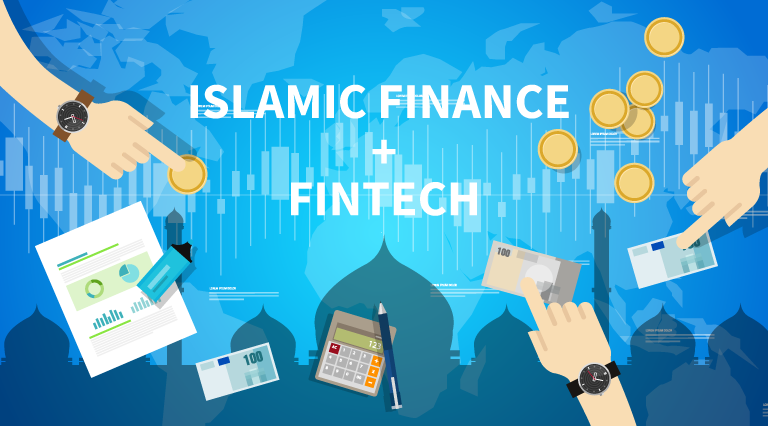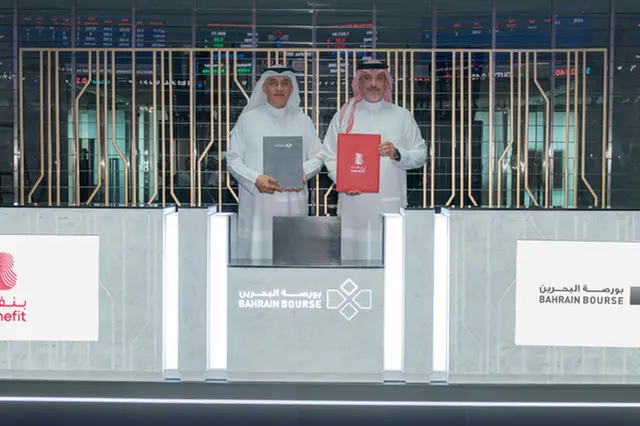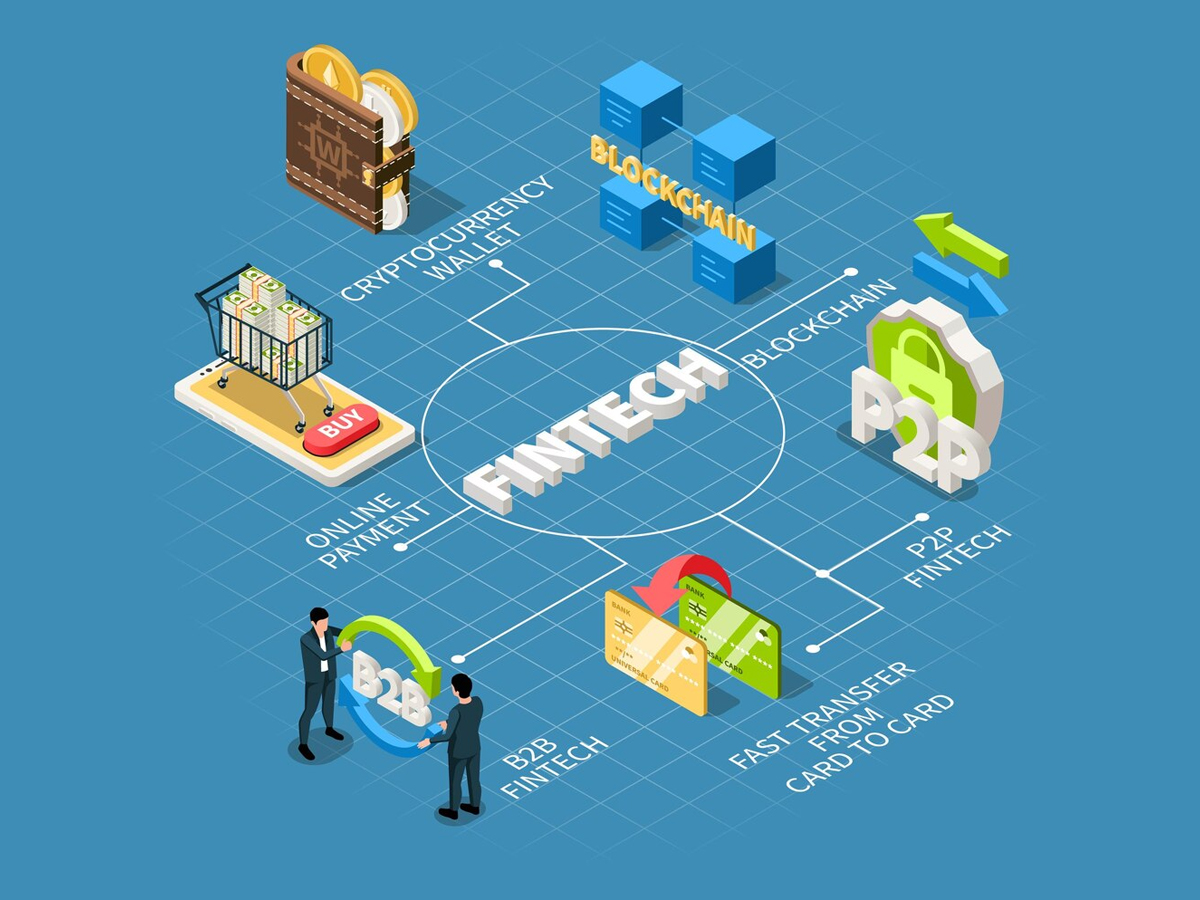Islamic finance has attracted considerable attention over the last two decades as a substitute to traditional finance. It essentially refers to banking and financial activities that are conducted in accordance with Sharia, or Islamic law. Approximately 25% of the global population is Muslim – the community with the fastest rate of growth. With a median age of barely 23 years, most Muslims worldwide can be considered “digital natives.” Islamic financial services therefore have a huge potential market.
Islamic finance has emerged as a major force in world finance in a matter of decades. Thirty years ago, Islamic finance was practically non-existent. Today, it is a $3.96 trillion industry with more than 1,500 specialized institutions worldwide. The largest participants in the Islamic finance landscape are the Islamic banks hold $2,7 trillion in assets, that is, 70 % of the total. A 2023 State of Global Islamic Economy research projects that by 2026, the total amount of assets that comply with sharia law will reach US$ 5.95 trillion, with Sudan holding largest percentage at 100%, followed by Saudi Arabia at 74.9 % and Kuwait at 51 %.
The observant Muslims of the Middle East and Southeast Asia are no longer the only market for this industry, which now boasts thousands of institutions worldwide. Since the Sharia-compliant values of risk-sharing and social responsibility appeal to a varied clientele, it has effectively increased its market share across Europe, Asia, Africa, and North America.
Over the past three decades, the United States has become a major player in Islamic finance. In the 1980s, two West Coast organizations started providing small investment funds and financial services to Muslim communities, marking the formal entry of Islamic finance in US financial landscape. As the number of Muslims in the US increased from 50 percent to 66 percent between 1990s and 2000s, the industry experienced significant expansion. But the real boom in the Islamic finance industry came following the 2008 financial crisis.
With over 43 institutions offering Sharia-compliant financial goods and services, the Islamic finance scene in the US is expanding significantly. standard Chartered Bank launched Islamic banking products through its Saadiq business in more than 70 countries across Asia, Europe, the Middle East, and the USA and JP Morgan entered this segment in 2013, providing Islamic banking services. International organizations with US headquarters, such the World Bank, USAID, IMF, IFC, and UN bodies, playing a vital role in enabling Sharia-compliant financing for infrastructure and trade. However, the development and expansion of the sector have been hampered by the absence of a particular legal framework for Islamic finance in the US. Enforcing strict adherence to Shariah principles can be challenging and requires specific expertise.
Sharia-compliant organizations typically avoid speculation since Islamic law maintains that it is improper to profit from money. Traditionally, they have preferred to own assets rooted in the real economy over derivatives like futures and options. The prohibition on usury is the most well-known law in islamic finance. This means that, from an economic standpoint, both lenders and borrowers are prohibited from Riba, or interest charges. Banks that adhere to sharia law do not provide interest-based loans. Then, for Islamic banks to generate revenue, they purchase the underlying product—the house, car, or refrigerator—and then lease or resell it to the client on an installment basis for a fixed fee that is usually more than the initial market value, as opposed to lending money to their clients at a profit. The key debate revolves around risk sharing: in exchange for taking a chance on the customer, the banks earn from the transaction. Islamic banks employ the money of their clients to buy assets like real estate or enterprises and make money when the loan is successfully returned, as opposed to making their money from interest rates. The Islamic Finance Development Report 2023 projects that the Islamic finance sector would reach US$6.67 trillion by 2027. The role of fin-techs in this regard is crucial. Islamic finance has integrated financial technology (fintech) to provide its consumers with more efficient and accessible commercial solutions and services. By merging shariah-compliant finance with latest technology, Islamic finance supports and promotes financial inclusion for a demographic section which has largely been excluded from the mainstream financial network.Islamic Fintechs do not invest in “sin stocks” (companies involved in arms, gambling, alcohol, drugs etc…). The regulations also forbid making money off debt and mandate that investments be supported by actual assets. This results in creation of sukuk—sharia-compliant financial certificates, similar to bonds, which give investors a part of ownership of an underlying asset.
Fintechs are deploying a growing array of compliant payment platforms, e-wallets, Insurtech, and remittance services through mobile phone apps. There are more than 150 Islamic fintech around the world, with over half of them based in Islamic countries. The rise of fintech has created new possibilities for the Islamic finance industry, providing creative solutions to old financial issues by integrating modern technology. However, it is still pale in comparison to its conventional counterpart.The use of Fintech by Islamic financial institutions is limited to Islamic banking, to users from developed countries, among young customers, and for a limited number of traditional banking services such as the deposits and payment services. The future however may be brighter.





